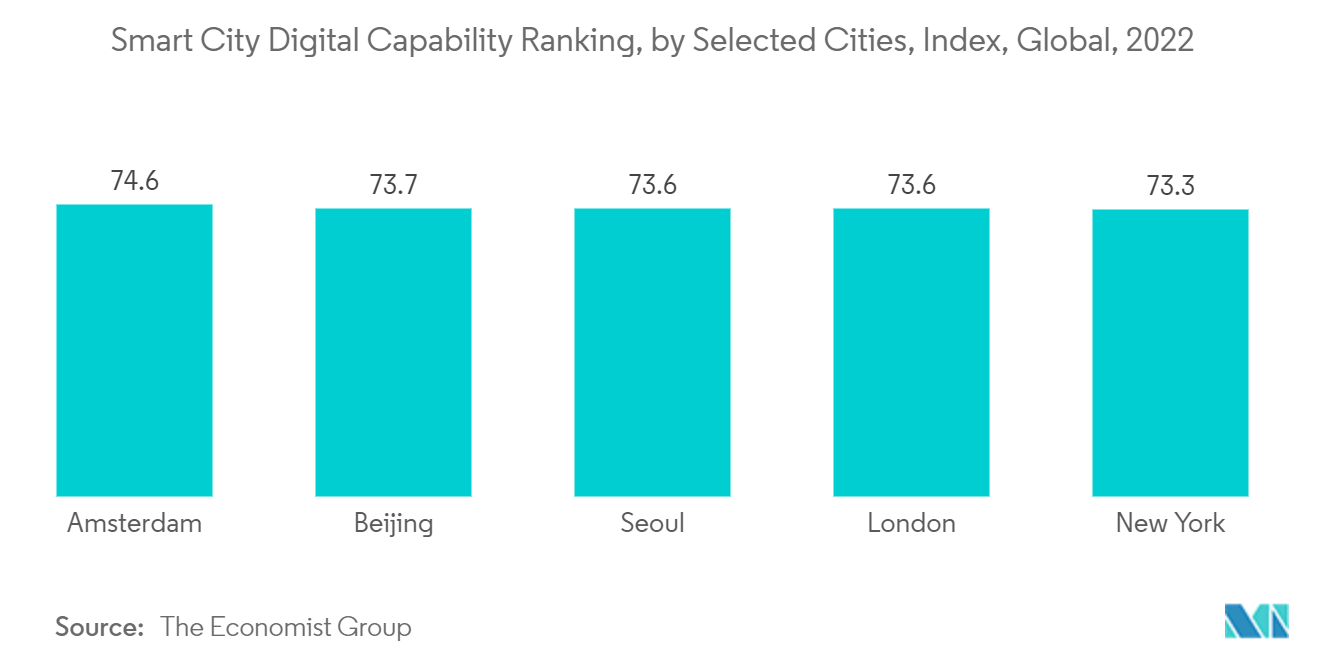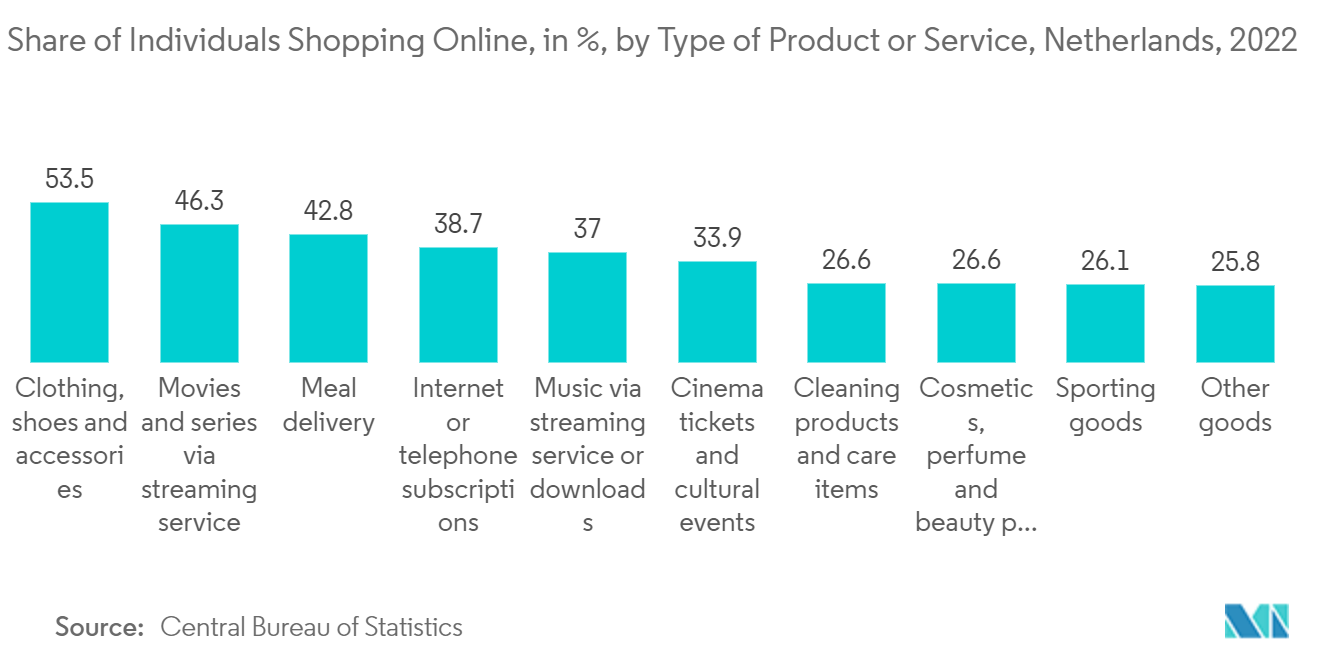Market Trends of Amsterdam Data Center Industry
Tier 4 is Expected to Hold Significant Share of the Market
- The Tier-IV certification is currently the highest classification among data center facilities. These data centers require huge capital compared to other tiered data centers and are usually present in developed economies.
- There are several tier 4 data centers located in the Amsterdam region. These data centers typically provide the highest uptime and availability, with fully redundant power, cooling, and network connectivity systems. Some examples of tier 4 data centers in Amsterdam include Equinix AM5, located in Amsterdam-Zuidoostand. It offers a variety of colocation and interconnection services. Similarly, Interxion Amsterdam is located in Schiphol-Rijk and is certified to meet Tier 4 specifications. It offers a range of colocation, cloud, and connectivity services.
- This tier also ensures optimized efficiency. The servers are housed in the most physically advantageous locations. This drastically extends the life of the hardware. If temperature and humidity are kept consistent, one can gain great efficiency. Even the backups and dual power sources are treated like primaries. Also, the tier-IV data center can require up to 3 to 1 of the space required to facilitate the IT footprint. For tier IV, the kW cost component is USD 25,000/kW of the redundant UPS capacity for IT.
- Data centers in the city need to meet certain regulatory requirements and industry standards for security, privacy, and environmental impact, among other areas. In Europe, data centers may need to comply with the General Data Protection Regulation (GDPR) and the EU Code of Conduct for Energy Efficiency in Data Centers, which provide guidelines for reducing energy consumption and improving efficiency in data centers.
- According to The Economist, Copenhagen was the leading worldwide digital city in 2022, with a score of 80.3, followed by Amsterdam, with a score of 74.6. Digital cities rely heavily on data center infrastructure to collect, store, and process large amounts of data generated by IoT sensors and other devices. The data centers manage and store this data and provide the computing power necessary to analyze it and extract insights. With smart city applications such as smart traffic management and optimized energy usage, the data center infrastructure is essential for ensuring these systems' reliable and efficient operation. Developments toward the digitalization of the cities would create an opportunity for the studied market.

E-commerce is Expected to Hold Significant Share of the Market
- Data centers provide numerous significant benefits to e-commerce businesses. They also use the data collected to generate valuable insights about their clients and optimize their company processes. Big data provides a direct view into the brains of customers. Companies can learn about current behavior by carefully studying their consumers' consumption habits. Companies that use advanced data analytics infrastructures may foresee various stages and patterns within their demographics, whether low or high turnover. This would be impossible without significant advancements in data center infrastructure.
- One of the most prominent instances is Netflix, which has recently managed to generate a consistent number of entertainment items by utilizing all of the information from its subscribers globally. Netflix has one of the world's largest data centers of any video streaming service. It has an impressive data center that can derive insights by analyzing the ratings its customers give to its movie catalog and browsing trends on its website. The collection is so extensive that it considers a user's number of clicks, surfing times, pause periods on movies they are watching, and other engagement data.
- The digitization of e-commerce is an ongoing trend transforming how retailers and consumers do business. The push to digitalize the e-commerce industry has been accelerated by the COVID-19 pandemic, which has caused more consumers to shift to online shopping. With more consumers using smartphones and tablets to shop online, retailers must optimize their websites and checkout processes for mobile devices. Social media platforms like Instagram, Facebook, and Pinterest are increasingly used as e-commerce channels. Retailers can sell their products directly on these platforms or use them to drive website traffic. Such trends toward the digitalization of e-commerce would drive the market.
- According to the Central Bureau of Statistics, fashion was the most purchased online category in the Netherlands in 2022. Over half of Dutch customers bought clothing, shoes, and accessories online that year. Streaming services came in second, with around 46% of buyers purchasing films and programs online. E-commerce data centers are designed to handle high volumes of traffic and transactions and provide secure and reliable infrastructure to ensure smooth operations. Such huge online sales would create an opportunity for the studied market to grow and also push the market players to develop new services and solutions to cater to a wide range of customers.
- According to the Dutch Data Center Association, 80% of data centers in the Netherlands use green electricity. This means that at least 20% of Dutch data centers are still largely reliant on fossil fuels. The green energy used is often 'light green' electricity ('certified power') and does not come from sustainable electricity generation in the Netherlands. Only a small part of the power supply for data centers is 'dark green,' meaning that it is generated sustainably in the Netherlands. There is still a lot of work to be done, particularly considering the Climate Accord and the objectives of the Dutch Climate Act, namely the almost eradication of greenhouse gases and CO2-neutral electricity generation in this country by 2050.


